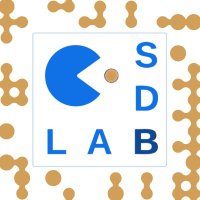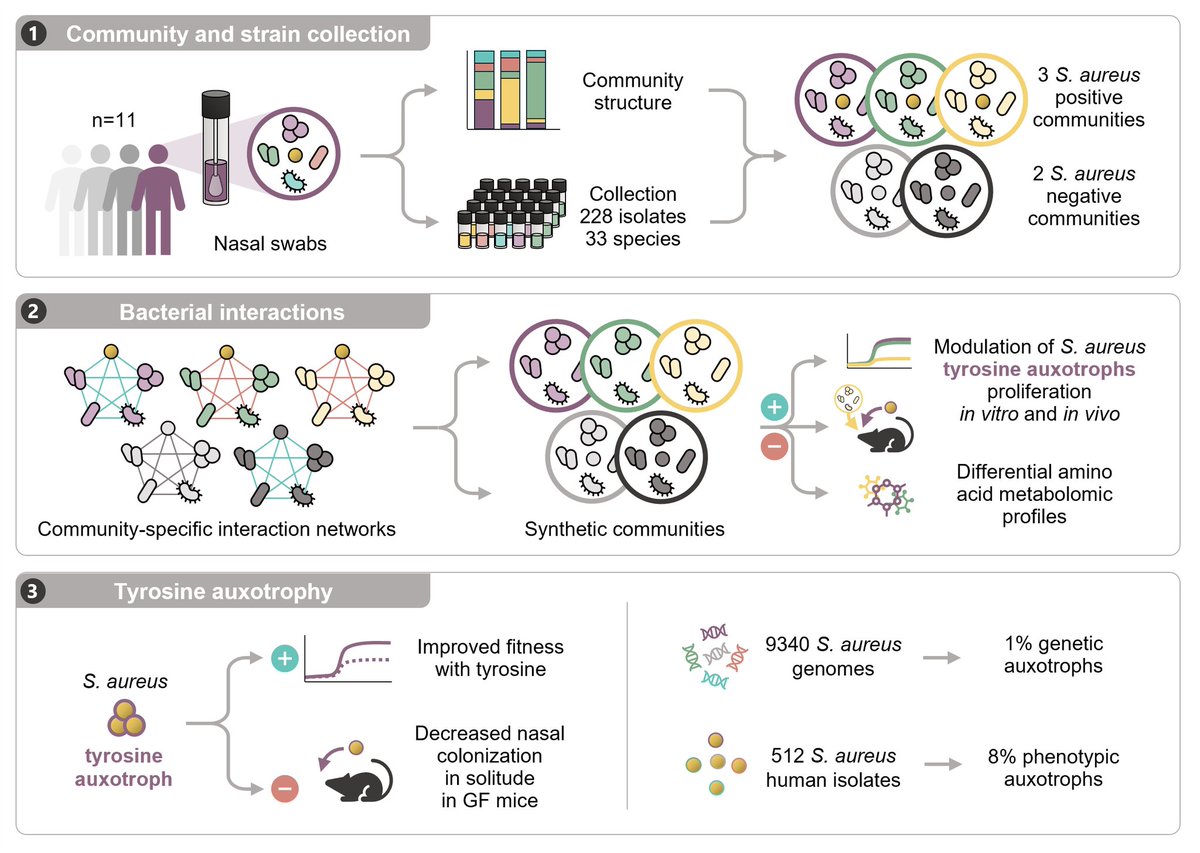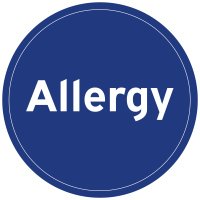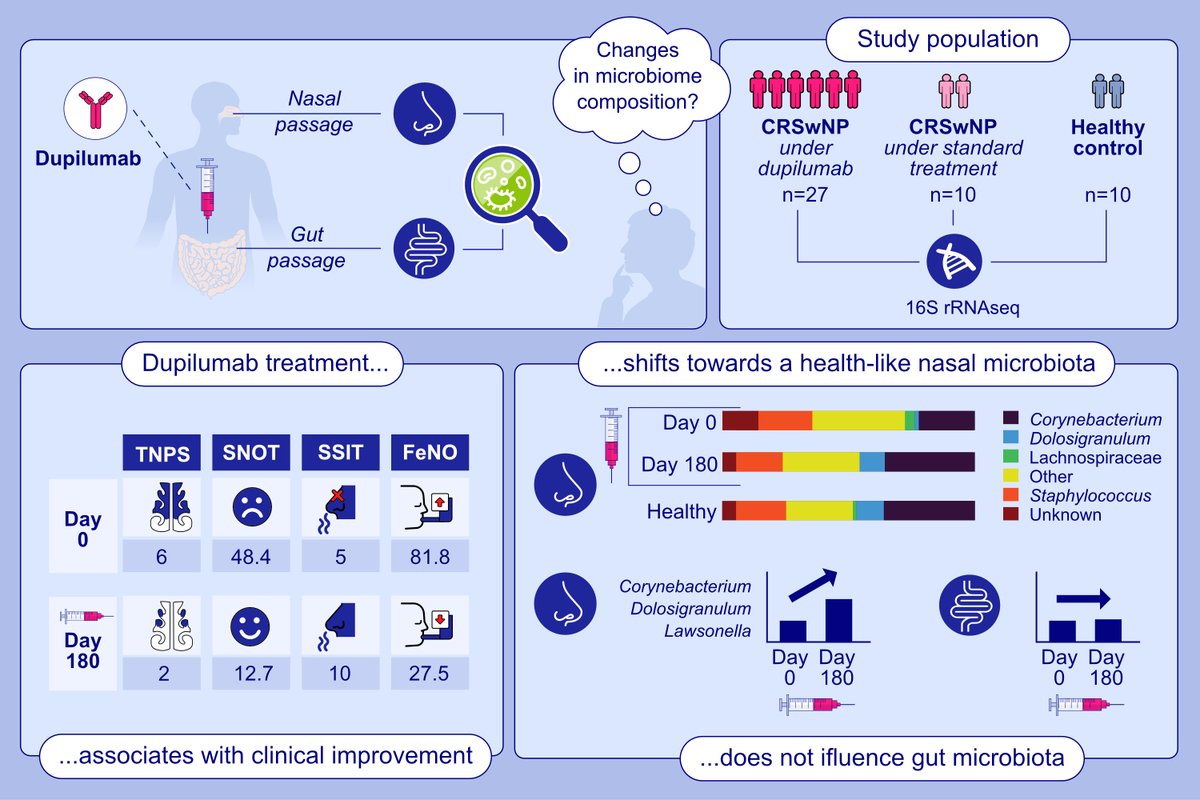
sdb-lab.org
@sdb_lab
Bacterial Interspecies Interactions in the upper respiratory tract microbiota @UZH_ch @Unispital_USZ @Mimzurich @ sdb-lab.bsky.social
ID: 1513907902679072771
http://sdb-lab.org 12-04-2022 15:52:45
185 Tweet
133 Followers
160 Following








Great talk by Laura Brülisauer at #ESCMIDGlobal2025 - microcosms to study polymicrobial interactions in the nasal microbiota




Thrilled to share the preprint from my main postdoc project with Simon Heilbronner and Controlling Microbes to Fight Infections ! 🎉 We found that tyrosine availability can shape Staphylococcus aureus colonization in the nose by mediating its interactions with commensal species 🦠 biorxiv.org/content/10.110…




Dupilumab Treatment Is Associated With Clinical Improvement and a Shift Toward a Health-Associated Nasal Passage Microbiota in Diffuse Type 2 Chronic Rhinosinusitis Allergy EAACI Unispital_USZ University of Zurich Insel Gruppe doi.org/10.1111/all.16…













